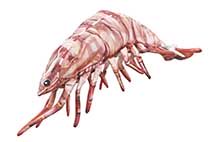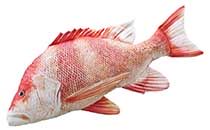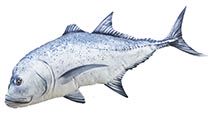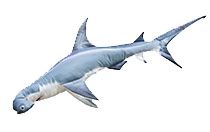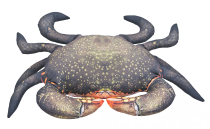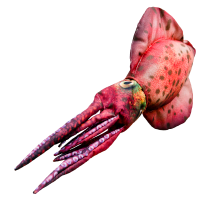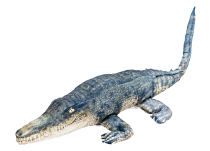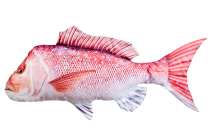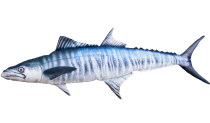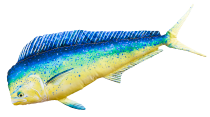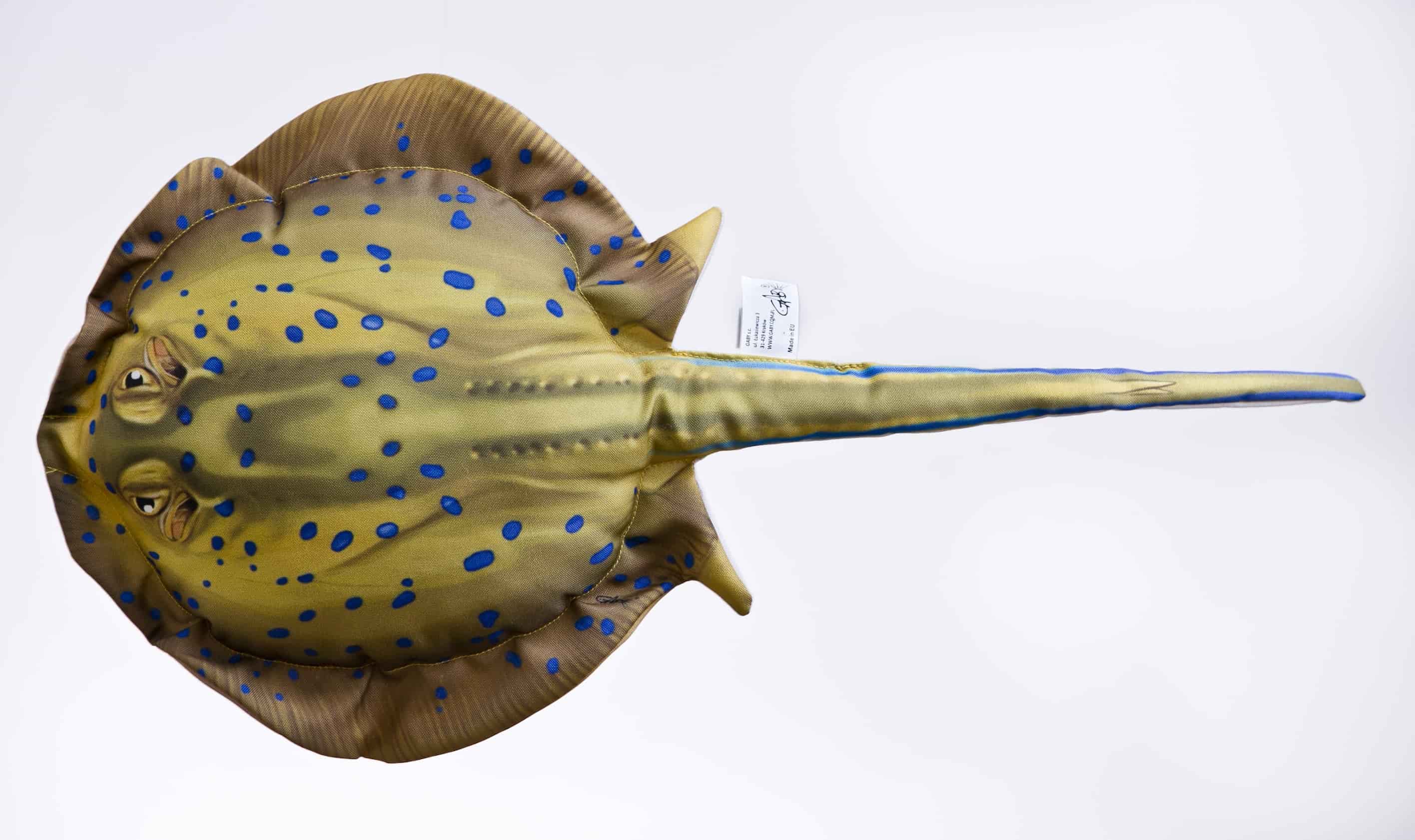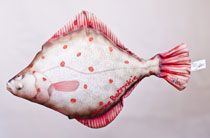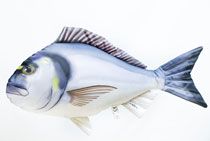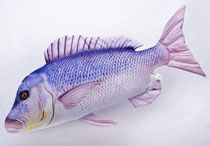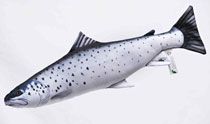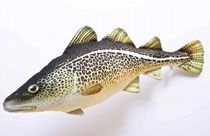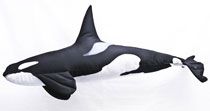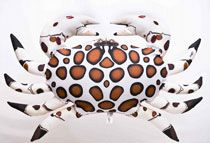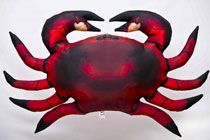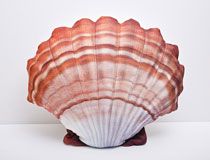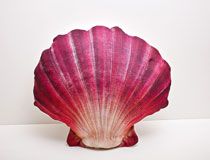SEA FISH
Fish are everywhere! They can be found worldwide from the smallest freshwater babbling
brooks, to the deepest and darkest reaches of saltwater oceans. They inspire us with their
beauty and amaze us with their various shapes, sizes and colorations.
Our offering of saltwater species gives a unique look into the common and not so common inhabitants
of the world’s seas and oceans. Fish rule these waters to be sure…but they are not the only
inhabitants and share their surroundings with crustaceans, molluscs and many others.
Discover the beauty of the high seas with GABY’s Saltwater Collection!
Istiophoridae
length 118 cm, GP-780514
Istiompax indica
length 118 cm, GP-780439
Penaeus monodon
length 65 cm, GP-780453
Lutjanus sebae
length 80 cm, GP-780477
Caranx ignobilis
length 100 cm, GP-780460
Glaucosoma hebraicum
length 80 cm, GP-780446
Sphyrna mokarran
length 110 cm, GP-780422
Scylla serrata
length 60cm, GP-93384
Sepioteuthis australis
length 76 cm, GP-780378
Crocodylus porosus
length 120 cm, GP-780323
Chrysophrys auratus
length 102 cm, GP-780354
Scomberomorus commerson
length 97 cm, GP-780361
Platycephalus fuscus
length 102 cm, GP-780330
Plectropomus Leopardus
length 81 cm, GP-780347
Sabastes mentella
length 75 cm, GP-780286
Coryphaena hippurus
length 112 cm, GP-780248
Lates calcarifer
length 95 cm, GP-780255
Tursiops
length 55 cm, GP-175723
length 125 cm, GP-175792
Halichoerus grypus
length 36 cm, GP-780057
length 55 cm, GP-780040
Tursiops
length 55 cm, GP-175495
length 125 cm, GP-175365
The Chinook
Oncorhynchus tshawytscha
length 90 cm, GP-780064
The Dentex
Dentex dentex
length 43 cm, GP-175877
length 80 cm, GP-175884
The Great White Shark
Carcharodon carcharias
length 53 cm, GP-175815
length 120 cm, GP-175761
length 200 cm, GP-175242
The Herring
Clupea Harengus
length 35 cm, GP-175808
length 60 cm, GP-175785
The Orca
Orcinus orca
length 51 cm, GP-175891
length 118 cm, GP-175778







